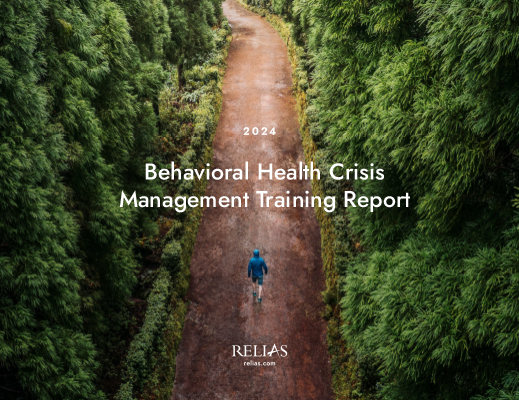The IDD workforce crisis is adversely affecting organizations and their clients.
Many people with intellectual and developmental disabilities (IDD) rely on direct support professionals (DSPs) for assistance in their daily lives and communities. Families rely on DSPs so they may work or receive respite from caregiving. But, as IDD organizations struggle to retain staff, the quality of care available to these individuals decreases.
For organizations, the workforce crisis means that administrators spend precious time filling vacancies rather than concentrating on how to improve operational procedures, care quality, and more. On top of that, the high cost of turnover makes it harder for organizations to provide current staff with the benefits that would retain them.
Let’s dive into what can organizations do to address this crisis.
Underlying factors of the IDD workforce crisis
Some of the most common factors that impact DSP retention include:
- Unrealistic views of the job — People coming into the job are not always aware of how demanding the workload can be for DSPs. From assisting someone with their daily routines to de-escalating a crisis, being a DSP requires great skill, judgement, and responsibility.
- High risk of burnout — Some residential programs are staffed 24/7, which requires working late shifts. If they anticipate harsh weather, DSPs often come in early before the storm and even stay the night. Due to high turnover, DSPs also fill in hours for shifts left vacant by former employees. All of these factors can lead to physical and emotional exhaustion, which can lead to burnout if not addressed.
- Wages and benefits — Many executive leaders in IDD organizations would love to raise DSP wages but don’t have the funding to do so. DSP wages ranged from $7.25 to $14.88 per hour.
- Ineffective supervision — Stellar DSPs often move on to become first-time house managers or supervisors. While this is an exciting and challenging time for them, most organizations reported not having a manager’s orientation or a plan to train new first-time managers. This can cause frustration for staff who are reporting to them and bring down team morale.
Impact of the IDD workforce crisis
According to the most recent data, DSP turnover rates range from 27% to 80%, based on an organization’s location and size. Such high turnover rates present several problems for organizations. For one, it makes it more difficult to establish a quality culture that will attract and retain top talent. But, more important, it poses an obstacle to providing consistent, quality care.
Depending on the state, DSP training can range between 70 and 100 hours. When DSPs leave for another organization, it takes time to train new hires and get them up to speed. This can cause gaps in care, as individual clients wait for staff to re-learn their unique needs. Because of this, high DSP turnover rates have been linked to increased rates of injuries and/or hospitalizations among individuals with IDD.
Retaining IDD staff members is not just a financial matter. It’s also a large factor in care quality and client outcomes. So, what can your organization do to improve its retention?
Value DSPs and IDD staff to improve retention
In the 2023 Relias DSP Survey Report, we uncovered several insights that can help organizations combat the IDD workforce crisis. Here’s a brief overview:
- Prioritize training: Respondents who felt more prepared after training received from their organization were significantly more likely to feel competent and confident in their DSP skills once on the job.
- Give recognition: Respondents valued professional development opportunities, new leadership/career opportunities, and private recognition from their supervisor the most.
- Care about mental health: 65% of respondents reported that they would be moderately to extremely more likely to stay with their current organization if it invested in employee well-being or mental health programs.
- Improve supervision: 50% of respondents reported that they have left a previous role because of a supervisor.
Improving DSP retention requires more than just changes to onboarding and training. Organizations must also consider ongoing professional development and employee engagement as part of the puzzle to building a stronger workforce.

2023 DSP Survey Report
The 2023 DSP Survey Report highlights feedback from 763 DSPs across the country on job satisfaction, supervision, career advancement opportunities, and appreciation and recognition.
Using this data, organizational leaders in IDD services can inform policies for better working conditions that will increase DSP satisfaction, and ultimately, positively affect the individuals whom DSPs serve.
Download Report →





